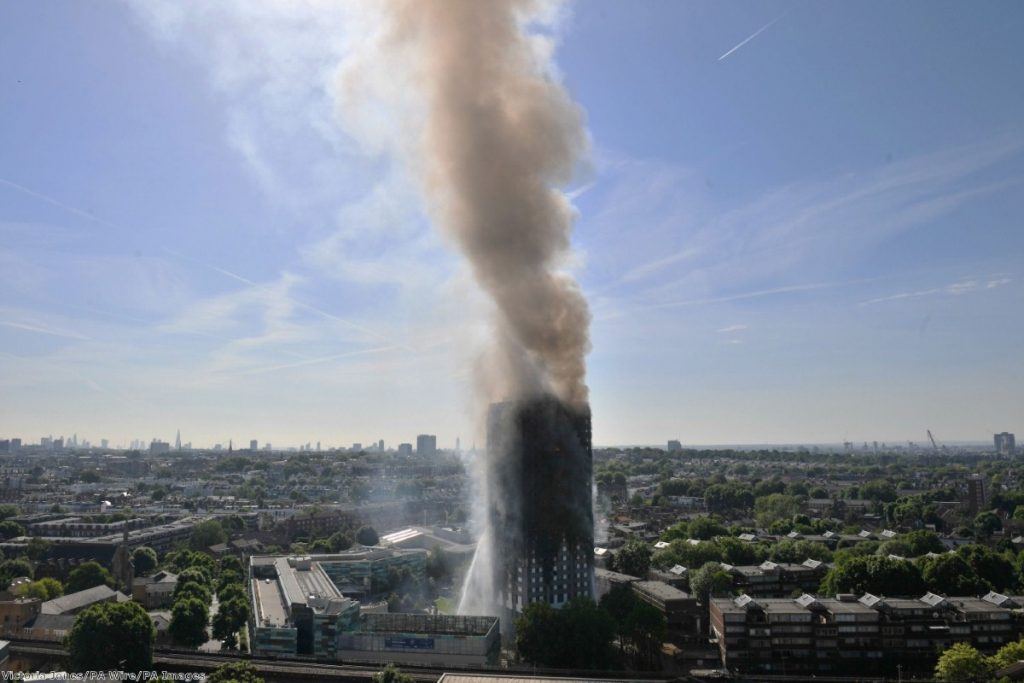By Chaminda Jayanetti
The announcement today that 600 tower blocks in England have similar cladding to that used at Grenfell Tower has caused considerable alarm.
Given the potential role that the external cladding wrapped around Grenfell Tower played in the catastrophic fire last week, this is not surprising.
But what precisely does the 600 figure refer to?


I've been on the phone this afternoon to the Department for Communities and Local Government (DCLG). Here's what we know.
ACM cladding
Four days ago DCLG wrote to councils in England – housing is a devolved issue – asking for the number of social and council housing blocks in each area above 18m in height, that used aluminium composite material (ACM) cladding.
ACM is the material used in the cladding at Grenfell Tower. It consists of sheets of aluminium with an insulating core made of a different material. Depending on the cladding used, that material could be specifically fire-retardant, or alternatively it could be not specifically fire-retardant (such as polyethylene, polyurethane or polystyrene).
Non-fire-retardant ACM cladding can potentially be a fire risk if the aluminium sheets are melted away by the fire, exposing a flammable core material that ignites and spreads the fire more quickly.
The cladding used at Grenfell Tower was not specifically fire-retardant, but it is not yet known what role, if any, the cladding that was used played in the fire, and there is nothing at this stage to show that any of the parties involved in the refurbishment or cladding of Grenfell Tower broke any rules.
Response
So far councils have written back to DCLG with information on what the government estimates to be 600 social and council housing blocks.
Some of these do not have any aluminium cladding – though the impression I have been given is that most do.
However, some of these buildings have aluminium cladding without a core material, such as you would find in ACM. This form of cladding is less likely to present a fire risk than ACM.
And of those buildings that do have ACM, some will have fire-retardant core materials – and some won't.
There is no word on what the breakdown is between these different types of cladding within the 600 housing blocks. The government is testing samples of cladding from each building identified as having ACM cladding to establish what fire risk each one poses.
As of 11am, they had identified three of these samples that are combustible – but there is no word at present on how many samples have been tested in total.
So we don't know how many total samples those three flammable samples are out of. It won't be 600 as they haven't all been tested yet. It probably won't be three out of three. The Building Research Establishment, where the testing is taking place, can test more than a hundred samples a day, but there is no word on how many have been tested so far.
Private housing
Note that this only applies to council and social housing. The government has also written to owners of private housing blocks, asking for the same information so that the same tests can be carried out.
At this moment there is no word on how many buildings have been listed in response to this letter covering private housing. There is no word on how many have been tested, nor of how many have been found to have flammable cladding. No doubt that information will follow in due course.
But the 600 figure does not include however many private housing blocks the government has been told have ACM cladding.
The government is covering the costs of testing samples for both council and social housing and private housing blocks.
Chaminda Jayanetti is covering the general election for Politics.co.uk. He tweets here.









